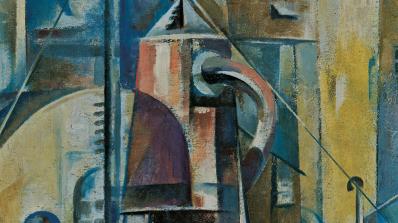Location
Temporary Exhibitions, Lathrop Gallery
About
This exhibition explores the important legacy of cubism and other forms of grid-based abstraction for contemporary artistic expression. The structural underpinnings of the pioneering works of art that Pablo Picasso and Georges Braque made in the 1910s allowed them to negate the perspectival illusionism of naturalistic representation. Subsequent artists, such as Josef Albers and Mark Rothko, refined and developed the grid-like scaffolding of cubism to produce an austere and rather impersonal form of abstract art, in which flatness and order were of paramount importance. By the 1960s, however, a new generation of artists, including Chuck Close and Eva Hesse, began to negatively associate the rigid geometry of modernist abstraction with male dominance and political authoritarianism. These artists expanded and, in some cases, exploded the modernist grid to create works of art that embraced political content, figuration, narrative, and subjectivity. As this exhibition shows, contemporary artists continue to explore the temporal and spatial possibilities of grid-based art in works of art that challenge and revitalize the invented language of abstraction.
Exhibition Curator
Michael R. Taylor | Dartmouth Students
